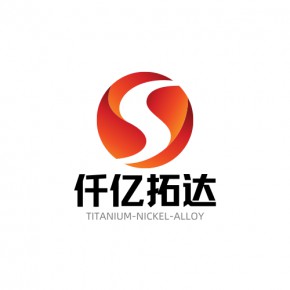продукц
- ▶ Titanium product center
- ■ Titanium plate
- ■ Titanium tube
- ■ Titanium rod
- ■ Titanium forgings. Flange
- ■ Titanium alloy
- ■ Titanium, nickel, zirconium material
- ■ Titanium standard
- ■ Titanium workpiece
- ■ Titanium, nickel equipment
- ▶ Nickel product center
- ■ Nickel-based alloy
- ■ Nickel tube
- ■ Nickel plate
- ■ Nickel rod
- ▶ Titanium agitator
- ■ Titanium reactor agitator
- ■ Titanium stirring blade
- ▶ Industrial instruments/sensors
- ■ Industrial instrument
- ■ Industrial sensor
- ■ Pressure instrument
- ■ Non-standard sensor
产品介绍

Titanium Flange Standards and Supply Range
Introduction: The standards governing titanium flanges are typically established by manufacturers, international standard organizations, and national standardization bodies. The following outlines commonly observed standards for titanium flanges:
-
International Standard: ISO 15339, established by the International Organization for Standardization (ISO), is a key international standard encompassing titanium and titanium alloy flanges.
-
United States Standard: The American National Standards Institute (ANSI) and the American Society for Testing and Materials (ASTM) contribute to U.S. flange standards, with ASTM B381 being one of the standards pertaining to titanium flanges.
-
German Standard: The German Institute for Standardization (DIN) often formulates flange standards in Germany. DIN EN 1092-1 is a German standard covering flanges for general purposes, including titanium flanges.
-
Russian Standard: Flange standards in Russia might be established by the Federal Agency on Technical Regulating and Metrology (GOST). GOST 12821-80 and GOST 12836-67 are Russian standards related to flanges.
-
National Standards: Various countries may have their own flange standards, such as China's GB/T 9112-9124.
Supply Range: The supply range for titanium flanges depends on specific standards and manufacturers. Generally, the supply range encompasses the following aspects:
-
Sizes and Pressure Ratings: Titanium flanges are available in various sizes and pressure ratings to accommodate diverse engineering requirements.
-
Flange Types: This includes blind flanges, weld neck flanges, threaded flanges, slip-on weld flanges, etc. The choice depends on the specific application.
-
Connection Standards: Adherence to connection standards, such as the smoothness of flange faces and the diameter of flange holes, must align with relevant standards.
Please note that specific standards and supply ranges may vary by country and region. For precise requirements, it is advisable to consult with manufacturers or suppliers. The table below provides a simplified example in tabular form, showcasing standards for flanges based on American, German, Russian, and Chinese standards:
| Standard | Execution Standard | Applicable Scope |
|---|---|---|
| American Standard | ASTM B381 | Titanium flanges, relevant to chemical, marine, aviation, etc. |
| German Standard | DIN EN 1092-1 |
$(".intro-download-video span").mouseover(function(){
var index=$(this).index();
$(this).addClass('active').siblings().removeClass('active');
$(".content-download-video text").eq(index).addClass('action').siblings('.content-download-video text').removeClass('action');
})
About Us
Product
News
Contact Us
Copyright
:
Shaanxi Qianyi Tuoda Technology Co., Ltd.
Total site visits:32274650 Today's traffic:363
|




